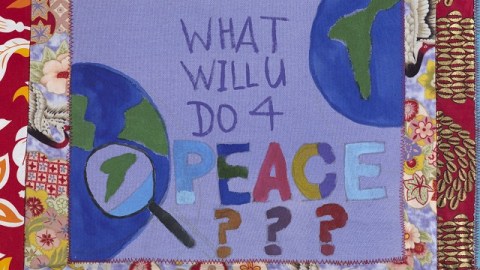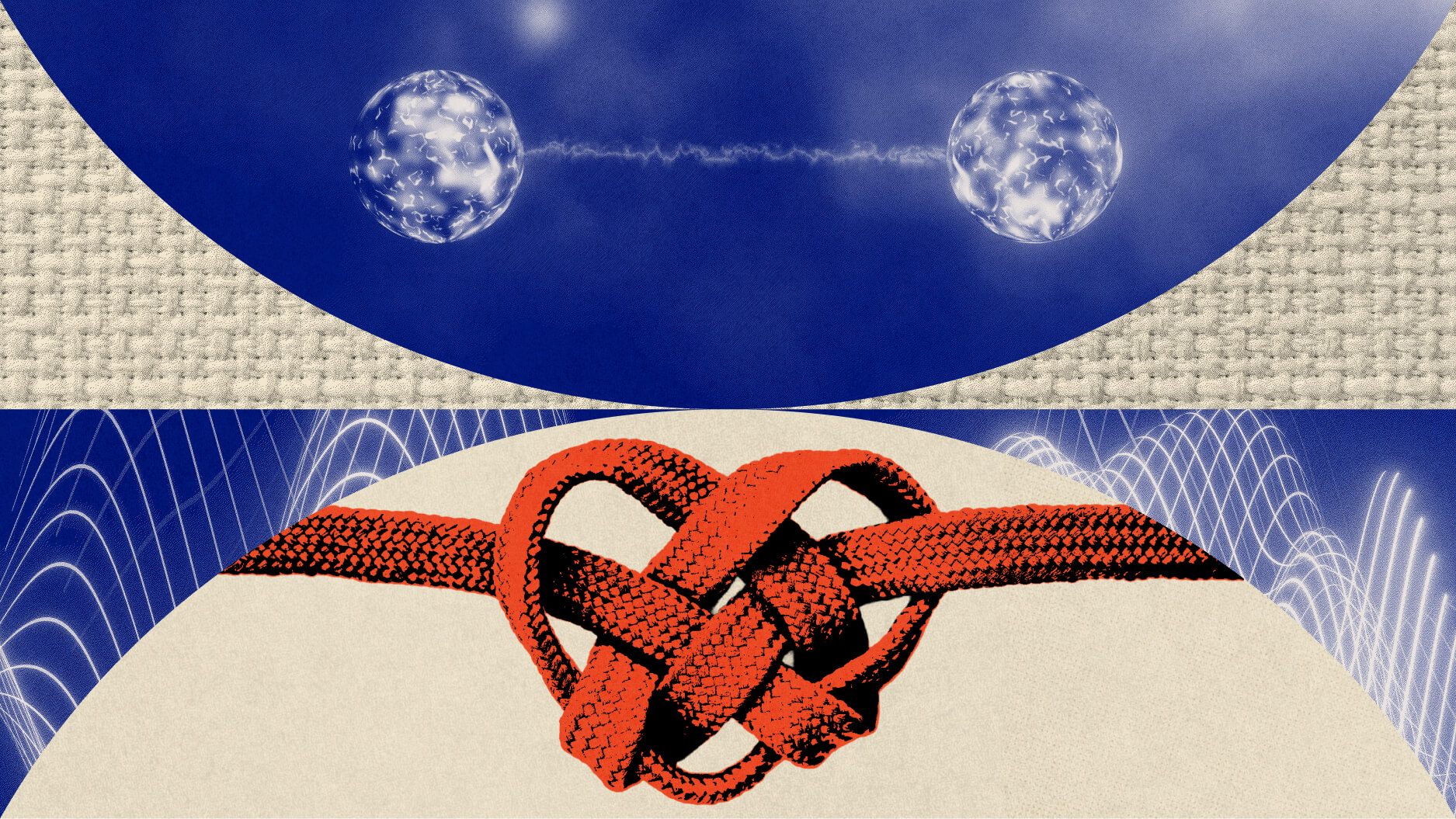Picturing 9/11: Peace, Love, and Understanding

I spent today, the 10th anniversary of 9/11, at a party—my niece’s ninth birthday party. Her birthday is 9/9, but there was a chance that she would have been born on that first sad anniversary. (I swear that my sister willed herself into labor to keep that connection from happening.) And, yet, I still make the connection each year in my mind. For me, children stand at the center of the events of September 11th and their aftermath—the children who lost fathers and mothers, the children never knowing a world without a “War on Terror,” and the children, such as my two sons, who only know 9/11 as a quasi-national holiday too unthinkable to be explained. I decided to wrap up this series on “Picturing 9/11” with the Metropolitan Museum of Art’s The 9/11 Peace Story Quilt, a collaborative work by artist Faith Ringgold and the children of New York, because that work says so much about what 9/11 is about and what the future of our remembrances should be.
I’m not sure why, but I always feel some discomfort watching the tributes to 9/11 during professional sporting events. Today, every pro football and baseball game crowd stood up either before or during the game to stop and remember. Seeing such a somber, serious event during escapist entertainment jars my sensibilities. Sports may be the one true everyday communal space for Americans, so I guess the connection between games and tragedy is unavoidable. But every time I hear some announcer refer to a linebacker as a “warrior” or “hero,” especially today, I cringe inside.
Ringgold’s The 9/11 Peace Story Quilt project, which was commissioned by the InterRelations Collaborative, Inc., eases my inner cringing. Anyone familiar with Ringgold’s work knows that textiles and fabrics play an essential role in her attempt to weave meaning from the contradictions of American life. As the exhibition website says, “The quilt poignantly conveys the importance of communication across cultures and religions to achieve the goal of peace.” By involving children in the project, the quilt retains a simple, honest, sincere quality, as can be seen in the detail shown above asking, “What will u do 4 peace???” We’ve done a lot over the last decade (and spent a lot) to wage war in the name of peace, with debatable results. Some would argue that we’ve already done much for peace, but this quilt asks what more and in what different ways we can pursue peace. The AIDS Memorial Quilt remains the template for textile attempts to give form to the social fabric of America, especially where it has been torn or strained. Both the 9/11 and AIDS quilts are about memory, but they are both about love, too. If we love one another enough, events such as 9/11 might never happen. It’s a naïve view, perhaps, but one worth trying.
Today’s Doonesbury comic strip struck the perfect note for me to start the day. B.D. tells Zonker not to turn on the anniversary coverage on television. If you were there, B.D. says, you relive that day every day. “Go see Cowboys and Aliens instead,” B.D. suggests. “Something that makes sense.” I struggle to come up with a way to explain 9/11 to my sons someday. It just doesn’t make sense. Maybe I should just give up. Perhaps the only way to “understand” 9/11 is to reverse it—to counter senseless evil with the love that makes this life reasonable and understandable. The exhibition The 9/11 Peace Story Quilt wraps up the cold reality of that dark day in the warmth of child-like hope in peace, love, and understanding. For a decade the adults have been trying to explain 9/11 away, when we should have been letting the children explain it to us.
[Image:Faith Ringgold and young New Yorkers (ages 8-19). The 9/11 Peace Story Quilt (detail), 2006. Fabric and acrylic. Three panels, 72 x 50 in. each (approx.). Commissioned by the InterRelations Collaborative, Inc.]
[Many thanks to the Metropolitan Museum of Art for providing me with the image above and other press materials from the exhibition The 9/11 Peace Story Quilt, which runs through January 22, 2012.]





